Introduction: The American Dream on Four Wheels
Automobiles have long been interwoven with the fabric of American society, but nowhere is this bond more palpable than among the youth of the land. From the moment the Model T rolled off the assembly line, cars have not only symbolized freedom and independence but have also moulded the identities of generations of young Americans.
The Liberation of the Open Road
For American youth, a car is often the first taste of adulthood, a rite of passage that grants the license to explore boundaries both literal and figurative. It represents an escape from the watchful eyes of authority, a private space for self-expression, and the power to traverse the vast expanse of the nation at will.
Cultural Fabric: Cars as Social Conduits
Cars have been pivotal in shaping youth social structures. Dating back to the cruisers of the ’50s, the muscle cars of the ’60s, and the lowriders of the ’70s, each era’s characteristic vehicle became a mobile base for social interaction, a place to forge connections, flaunt individuality, and gather in celebration of a shared passion.

Expression Through Customization
In the hands of the young, cars morph into canvases for personal expression. The meticulous customization of a vehicle, from paint jobs and sound systems to engine upgrades and body modifications, serves as an emblem of one’s identity and status within a peer group. This arena of customization is where artistic flair meets mechanical aptitude, both driven by youthful exuberance.
Youth Movements and Motoring Music
Just as rock ‘n’ roll became the soundtrack for a generation’s rebellion, automobiles have been inexorably linked with music and counterculture. The drive-in theatres and diners of the 1950s, the street racing and car shows of the 1960s, and the hip-hop inspired car cultures of modern times have all been stages where automotive and musical subcultures collide and create new forms of expression.

Social Mobility and Environment Adaptation
The mobility afforded by the car has changed the way American youth interacts with their surroundings. Suburbia, shopping malls, remote concerts, and off-the-beaten-path adventures all became accessible, shaping a generation’s worldview by expanding their environmental and social horizons.
In Conclusion: Steering Towards the Future
The influence of automobile culture on American youth is profound and enduring, shaping their lifestyles, their communities, and their aspirations. It stands as both a passport to freedom and a template for self-expression, evolving with each generation while retaining its core as a cultural cornerstone. As this dynamic relationship continues to unfold, it will undoubtedly give rise to new traditions that will steer the spirit of America’s youth in exciting new directions.

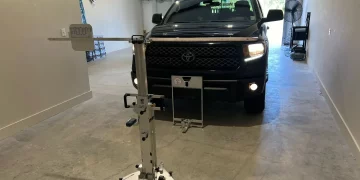


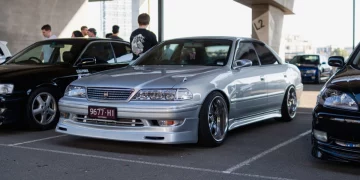


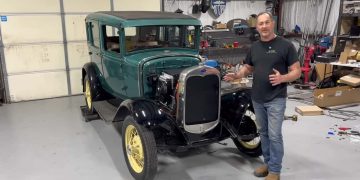
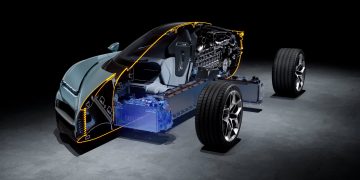


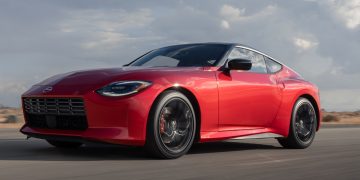


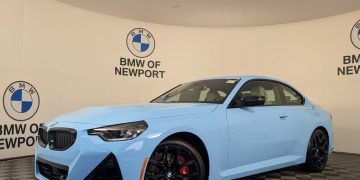





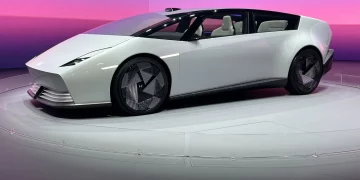













Discussion about this post